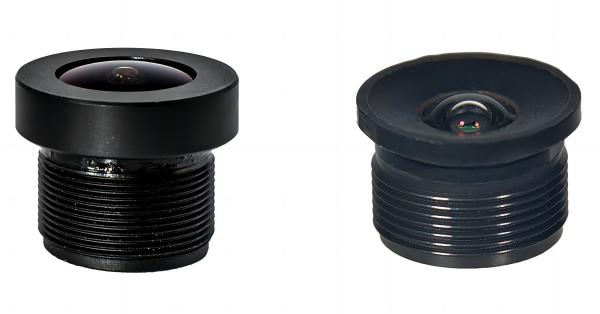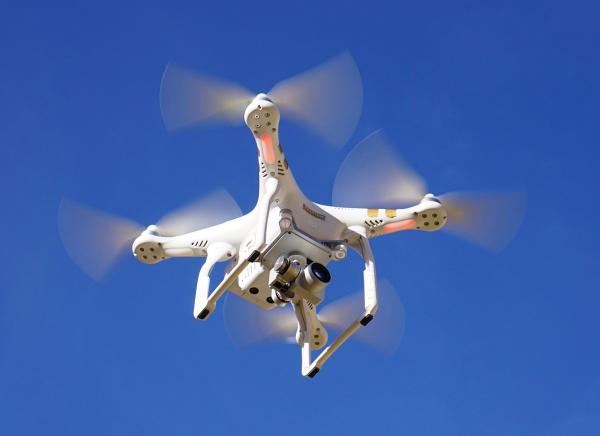People who often use optical lenses may know that there are many types of lens mounts, such as C mount, M12 mount, M7 mount, M2 mount, etc. People also often use M12 lens, M7 lens, M2 lens, etc. to describe the types of these lenses. So, do you know the difference between these lenses?
For example, M12 lens and M7 lens are lenses commonly used on cameras. The numbers in the lens represent the thread size of these lenses. For example, the diameter of the M12 lens is 12mm, while the diameter of the M7 lens is 7mm.
Generally speaking, whether to choose an M12 lens or an M7 lens in an application should be determined based on specific needs and the equipment used. The lens differences introduced below are also general differences and cannot represent all situations. Let’s take a closer look.
1.Difference in focal length range
M12 lenses usually have more focal length options, such as 2.8mm, 3.6mm, 6mm, etc., and have a wider range of applications; while the focal length range of M7 lenses is relatively narrow, with 4mm, 6mm, etc. commonly used.
The M12 lens and M7 lens
2.The difference in size
As mentioned above, the diameter of the M12 lens is 12mm, while the diameter of the M7 lens is 7mm. This is the difference in their sizes. Compared with the M7 lens, the M12 lens is relatively large.
3.The difference in resolution and distortion
Since M12 lenses are relatively large, they usually offer higher resolution and better distortion control. In contrast, M7 lenses are smaller in size and may have some limitations in terms of resolution and distortion control.
4.The difference in aperture size
There are also differences in aperture size between M12 lenses and M7 lenses. The aperture determines the light transmission ability and depth of field performance of the lens. Since M12 lenses usually have a larger aperture, more light can enter, thus providing better low-light performance.
5.The difference in optical properties
In terms of the optical performance of the lens, due to its size, the M12 lens has relatively more flexibility in optical design, such as being able to achieve a smaller aperture value (larger aperture), a larger viewing angle, etc.; while the M7 lens, due to its size, has less design flexibility and the achievable performance is relatively limited.
Application scenarios of M12 lens and M7 lens
6.The difference in application scenarios
Due to their different sizes and performance, M12 lenses and M7 lenses are suitable for different application scenarios. M12 lenses are suitable for video and camera applications that require higher quality images, such as surveillance, machine vision, etc.; M7 lenses are often used in applications with limited resources or high requirements for size and weight, such as drones, miniature cameras, etc.
Final Thoughts:
By working with professionals at ChuangAn, both design and manufacturing are handled by highly skilled engineers. As part of the purchasing process, a company representative can explain in more detail specific information about the type of lens you wish to purchase. ChuangAn’s series of lens products are used in a wide range of applications, from surveillance, scanning, drones, cars to smart homes, etc. ChuangAn has various types of finished lenses, which can also be modified or customized according to your needs. Contact us as soon as possible.
Post time: Sep-13-2024





